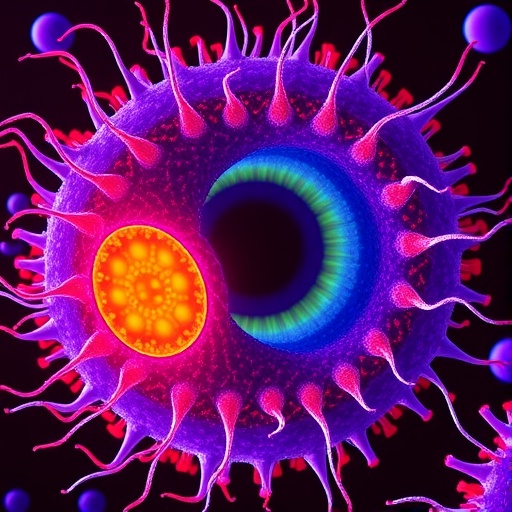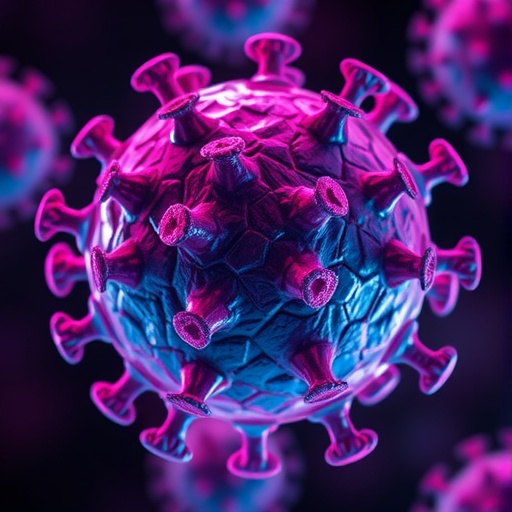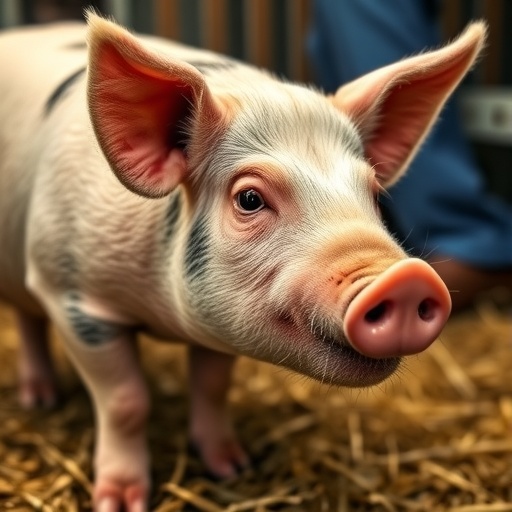The Hedgehog (Hh) signaling pathway is intimately linked to the primary cilium, a slender, microtubule-rich organelle present on the surface of nearly all vertebrate cells. This tiny cellular antenna, measuring between 150 and 350 nanometers in diameter and extending from 1 to 10 micrometers in length, functions as an essential hub for conveying and modulating Hh signals. Within this context, crucial signaling components such as the Patched1 receptor (Ptch1), Smoothened (Smo), Suppressor of Fused (Sufu), and members of the Gli family dynamically traverse and localize inside the primary cilium. Disorders in ciliary structure or function profoundly disrupt the ratios and activities of Gli activators and repressors, highlighting the indispensable role the primary cilium plays in precise Hedgehog signal transduction.
Eukaryotic cilia broadly fall into two classes: motile and primary (non-motile) cilia, both characterized by highly conserved microtubule-based architectures. The axoneme, the structural backbone of the cilium, is composed predominantly of microtubules arranged in a 9 + 2 pattern for motile cilia, which includes two central singlet microtubules surrounded by nine doublets. In contrast, primary cilia typically exhibit a 9 + 0 arrangement, lacking these central singlets. Emerging from the basal body—an organelle derived from the mother centriole containing triplet microtubules—the primary cilium serves as a singular signaling nexus rather than a locomotive appendage. This difference underscores the specialized signaling role of primary cilia in vertebrate development and physiology.
Intraflagellar transport (IFT) mechanisms underlie the biogenesis, maintenance, and disassembly of the primary cilium. These systems constitute complex molecular machinery that facilitates bidirectional trafficking along the axonemal microtubules. Cargo proteins and molecular motors assemble into linear IFT trains, shuttling molecular components to and from the ciliary tip and base. Distinct motor proteins facilitate anterograde movement toward the ciliary tip and retrograde return toward the basal body. Although IFT composition and dynamics are well-studied, questions remain regarding how specific Hedgehog pathway components load onto and disengage from IFT trains, as well as how motor activation and cargo selection are precisely regulated to maintain signaling fidelity.
.adsslot_5mjFHUxdSw{ width:728px !important; height:90px !important; }
@media (max-width:1199px) { .adsslot_5mjFHUxdSw{ width:468px !important; height:60px !important; } }
@media (max-width:767px) { .adsslot_5mjFHUxdSw{ width:320px !important; height:50px !important; } }
ADVERTISEMENT
Within the primary cilium, spatial compartmentalization governs the localization and interactions of signaling proteins. The ciliary membrane forms a continuous barrier with the plasma membrane but houses unique molecular constituents. It is segmented structurally into proximal and distal regions along its axonemal scaffold. Crucially, the transition zone acts as a selective gate at the ciliary base, with Y-shaped transition fibers tethering the membrane to the axoneme and preventing passive diffusion of proteins and membrane components. This gate maintains the distinctive composition of the cilium and ensures that signaling molecules remain confined within distinct ciliary compartments necessary for the modulation of Hedgehog signaling and other pathways.
The basal body anchors the primary cilium to the cell surface with the assistance of distal appendages, which also form a structural base for vesicle docking. Adjacent to this region lies the ciliary pocket, a vesicle-rich invagination specialized for trafficking events. Above the transition zone is a compartment known as the Ellis-van Creveld (EVC) zone, marked by its critical role in mediating Hedgehog pathway activation. Here, Smoothened interacts directly with EVC and EVC2 proteins, facilitating activation of downstream effectors such as Gli2 and coordinating the recruitment and release of Gli3 transcription factors. These events culminate in the dissociation of the inhibitory complex formed by Sufu and Gli proteins, enabling transcriptional activation of Hh target genes.
Another specialized region within the primary cilium is the inversin compartment, characterized by the presence of the inversin protein, which assembles into a fibrillar network extending from the ciliary base to the subdistal tip. Inversin plays multifaceted roles in developmental processes, including the establishment of left-right asymmetry during embryogenesis. Genetic defects affecting inversin have been implicated in nephronophthisis-2 and age-related macular degeneration, indicating its broader significance in human disease. The precise regulatory mechanisms governing inversin localization and function within this compartment remain an active area of investigation.
Localization dynamics at the ciliary tip are governed in part by Kif7, a kinesin-4 family motor protein critical for modulating Hedgehog pathway output. Kif7 attaches to the plus-ends of microtubules, exerting control over axonemal microtubule growth rates and promoting catastrophe events. This regulation creates a specialized ciliary tip compartment where the Sufu-Gli complex dissociates, releasing Gli transcription factors to enter the nucleus and regulate gene expression. The interplay between Kif7 and other motor proteins at this site fine-tunes the amplitude and duration of Hedgehog signaling, integrating extracellular ligand cues with intracellular transcriptional responses.
Phosphoinositide lipid composition within the ciliary membrane further contributes to compartmentalization and signaling regulation. Unlike the plasma membrane, which is largely enriched with phosphatidylinositol 4,5-bisphosphate [PI(4,5)P₂], the ciliary membrane predominantly contains phosphatidylinositol 4-phosphate [PI(4)P], except in the proximal region where both lipids are present. The enzyme inositol polyphosphate 5-phosphatase E (Inpp5e) maintains this unique distribution by hydrolyzing PI(4,5)P₂ to generate PI(4)P within the cilium. Loss of Inpp5e disrupts this balance, resulting in aberrant accumulation of PI(4,5)P₂, which recruits various proteins including PI3K, platelet-derived growth factor receptor alpha (PDGFRα), Aurora A kinase, Tubby-like protein 3 (Tulp3), and actin regulators. This lipid imbalance precipitates accelerated ciliary disassembly and cytoskeletal remodeling, illustrating the intimate connection between phosphoinositide metabolism and ciliary signaling homeostasis.
One downstream consequence of disturbed phosphoinositide balance in Inpp5e-deficient cilia is the accumulation of the G protein-coupled receptor Gpr161, a potent negative regulator of the Hedgehog pathway. Gpr161 enrichment correlates with increased cyclic AMP levels, amplifying inhibitory signaling inside the cilium. Therefore, Inpp5e activity not only sculpts the lipid landscape but also helps safeguard effective Hedgehog pathway activation by limiting negative regulators to appropriate cellular localizations.
The establishment and maintenance of these distinct ciliary compartments underpin the ability of the primary cilium to orchestrate diverse cellular processes. Compartmentalization facilitates not only the spatial distribution of signaling proteins but also controls local concentrations of second messengers, maintains membrane identity, and orchestrates signaling cascades with high specificity. Intriguingly, despite high cholesterol levels in the ciliary membrane relative to the plasma membrane, enzymes responsible for cholesterol metabolism have not been detected within the cilium, posing a fascinating enigma in membrane biology. Elucidating the mechanisms guiding cholesterol enrichment and retention in cilia remains a frontier topic that may reveal novel aspects of membrane organization and signaling regulation.
Current understanding underscores the primary cilium as a sophisticated and dynamic signaling organelle, integrating structural features, protein complexes, lipid environment, and transport systems to control critical developmental and physiological pathways such as Hedgehog signaling. Future research directions include deciphering the molecular determinants that dictate cargo selection and unloading during IFT, the regulation of motor protein engagement, and how ciliary lipid microenvironments influence signaling output. These insights promise to deepen our grasp of ciliary biology and its links to human health and disease.
The intricate architecture of the primary cilium, including specialized zones such as the transition zone, EVC compartment, inversin domain, and ciliary tip regulated by Kif7, collectively provide a framework that supports highly regulated signaling platforms. The spatial segregation within the cilium ensures precise protein-protein interactions and post-translational modifications necessary for balanced activation or repression of the Hedgehog pathway. Disruptions to these finely tuned compartments can lead to aberrant developmental outcomes and contribute to ciliopathies, emphasizing the clinical relevance of ciliary compartmentalization.
As the primary cilium continues to attract widespread scientific attention, integrating multidisciplinary approaches will be essential to unravel its complexities. Combining advanced imaging, structural biology, molecular genetics, and lipidomics will likely uncover novel ciliary components, elucidate their spatial dynamics, and reveal how chemical gradients are established within this organelle. These endeavors will advance our understanding of how a microscopic cellular protrusion serves as a powerful regulatory hub for signaling cascades that drive organismal development and homeostasis.
In summary, the primary cilium functions as a highly specialized organelle that transduces Hedgehog signals by orchestrating the spatial and temporal localization of receptors, signaling intermediates, and transcriptional regulators within distinct compartments. Through the interplay of microtubule architecture, intraflagellar transport, lipid compartmentalization, and motor protein regulation, it transforms extracellular cues into precise genetic programs. Uncovering how these mechanisms collectively maintain ciliary integrity and signaling fidelity provides critical insights into developmental biology and offers potential avenues for therapeutic intervention in ciliopathies and Hedgehog pathway-related disorders.
Subject of Research: Hedgehog signaling pathway and its regulation within the primary cilium.
Article Title: Hedgehog pathway, cell cycle, and primary cilium.
Article References:
Zhuang, T. Hedgehog pathway, cell cycle, and primary cilium.
Cell Death Discov. 11, 302 (2025). https://doi.org/10.1038/s41420-025-02605-7
Image Credits: AI Generated
DOI: https://doi.org/10.1038/s41420-025-02605-7
Tags: cilia and cell cycle regulationciliary disorders and diseasesciliary microtubule architectureciliary structure in vertebratesGli family transcription factorsHedgehog signaling pathwaymicrotubule-based organellesnon-motile cilia functionsPatched1 receptor signalingprimary cilium structure and functionsignal transduction mechanismsSmoothened protein role





